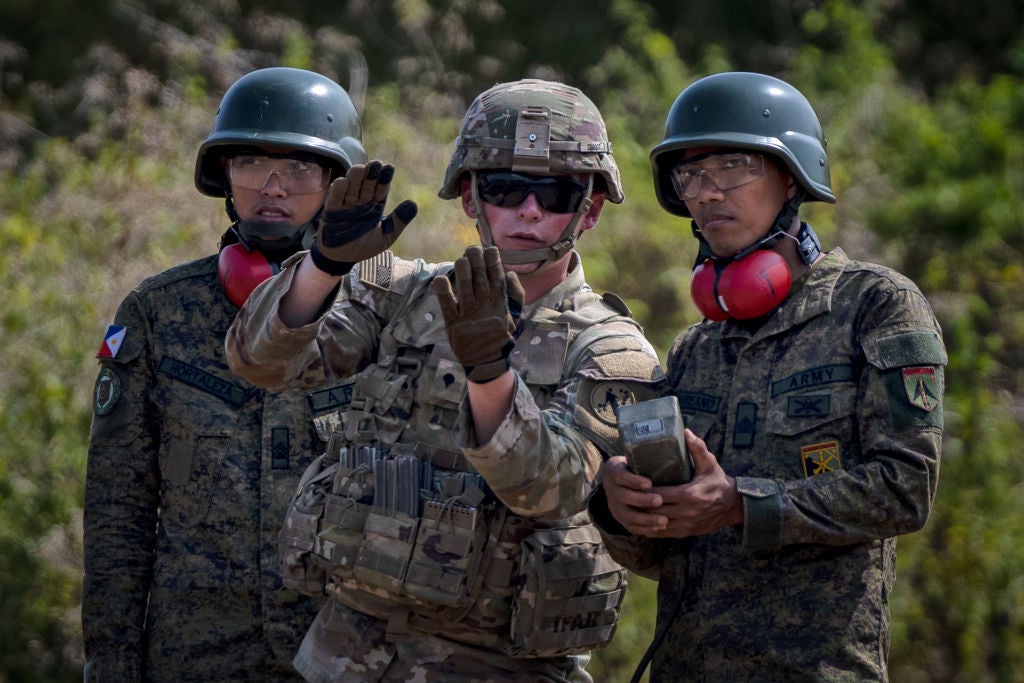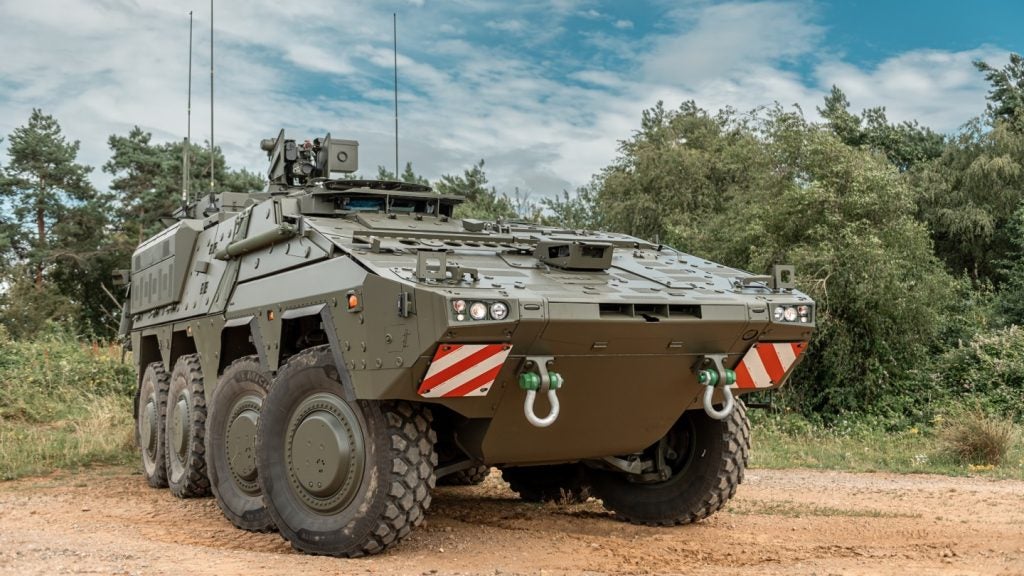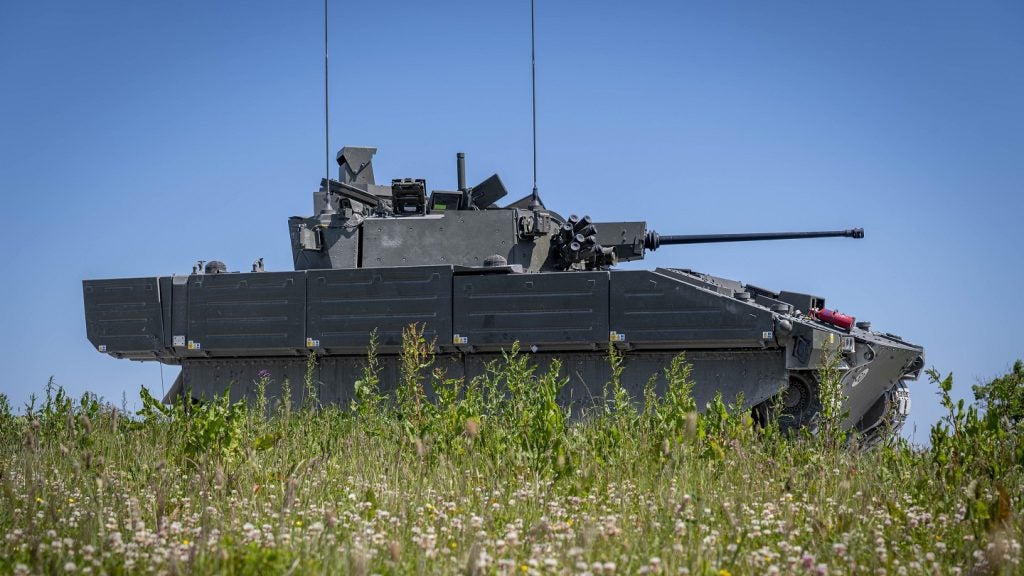
US Military Sites in the Philippines
The United States and the Philippines have extended their Enhanced Defence Cooperation Agreement (EDCA), effective as of February 1, 2019, to include provisions for the expansion of four new military sites in the Philippines.
“The announcement of new bases in Philippines, is anticipated to lead to an expanded US military presence in the archipelago,” said Abhijit Apsingikar, senior aerospace, and defence analyst at GlobalData.
The recent extension of the EDCA sites to cover northern Luzon holds significant strategic value in the event of a Taiwan contingency. This development underscores the Philippines’ crucial role in the region as the only country that faces both the South China Sea and the Taiwan Straits.
The Philippines is noteworthy in that no other country provides such extensive access, and its status as a treaty-ally underscores its importance.
Strategic location against vectors of attack against Taiwan
The establishment of military sites in northern Luzon could potentially complicate China’s strategic calculations in a Taiwan scenario, while also fulfilling a crucial contingency requirement for the United States, explained Euan Graham, senior fellow of the International Institute of Strategic Studies (IISS).
In the event of a potential attack, whether primary or secondary, originating from a southern vector, northern Luzon is potentially within land-based anti-ship missile range. The investment made by the US in adding runways and other infrastructure is a noteworthy value-add, despite the political risks involved in utilising hard currency for this purpose.
“The access to air bases, although they may be rather rough and ready, would certainly set a dispersal objective for the US if they needed to disperse their assets from vulnerable bases in Japan and or South Korea in a hurry,” said Graham.
“[The Philippines] is an ever more important piece of the Pacific, given the way that Beijing is focused on Taiwan as an essential piece of its strategy,” said Jonathan Ward, author of the Decisive Decade and China’s Vision of Victory.
“And Chinese maritime strategy in the Indo-Pacific is much broader than the South China Seas and Taiwan. They seek to create a long-standing presence in what they call the three maritime corridors,” continued Ward, outlining China’s strategic vision for victory as one that includes a focus on the Indian Ocean, Southeast Asia, and the Pacific Islands.
A Department of Defence press release described the establishment of these sites will enhancing regional readiness, as well as offering ideal locations for joint and combined training.
The US forces stationed at these sites will be rotational. Even with troops stationed on a rotational basis the expanded presence of US military personnel on these bases, coupled with prepositioning of US equipment, materials, and supplies, explained Apsingikar, are likely to trigger Chinese concerns and may provoke aggressive actions over the coming years.
The missing location
Deputy Pentagon Press Secretary Sabrina Singh announced on 3 March that four new sites will be established by the US military. These sites include Naval Base Camilo Osias in Santa Ana, Cagayan; Camp Melchor Dela Cruz in Gamu, Isabela; Balabac Island in Palawan; and Lal-lo Airport in Cagayan.
“The US was angling for five bases – the obvious missing site here is Subic Bay. I think shows that this isn’t an open-ended agreement from the Philippines,” said Graham.
Subic Bay served as a US fleet base for over 50 years, providing crucial access for the US Navy between Japan and Singapore. With the South China Sea being a focal point of strategic concerns in the Indo-Pacific, having guaranteed base access in this region would be highly advantageous for the US.
“There may be a work around,” suggests Graham. “Subic Bay has been subject to an investment deal from a US private consortium. I think that private consortium has clearly got the nod from the US Government, and I think that that will maybe pave the way for some more maintenance and repair for the US Navy.
“But it won’t mark a resumption of the old fleet access, and I think that shows that the Philippines is also mindful of the Chinese reaction and also sensitive to the history of the Philippines as a former colony of the US.”
The EDCA agreement already includes several other locations, namely Cesar Basa Air Base in Pampanga, Fort Magsaysay Military Reservation, Lumbia Air Base, Antonio Bautista Air Base, and Mactan Benito Ebuen Air Base.
In addition to these five existing bases and military reservations, Singh stated that the additional locations “will strengthen the interoperability of the United States and Philippine armed forces and allow us to respond more seamlessly together to address a range of shared challenges in the Indo-Pacific region, including natural and humanitarian disasters.”
Duterte’s failed hedge for the Philippines
Singh stated that in order to swiftly advance modernisation projects at these locations, the Defence Department “will work in lockstep” with the Philippine Department of National Defence and armed forces. “The amounts allocated to this $130m in the first tranche and then $82m to this expanded set. So, it’s not a small change, that’s a significant investment in infrastructure.”
This year had been billed as one of significant change for US forward defence posture in the western Pacific. “In this context,” said Graham, “the EDCA can be seen as a significant down payment on that.”
In reinforcing the EDCA, the current administration of the Philippines has made the decision to strengthen its partnership with the United States.
“The development also marks a key shift away from the policy adopted during the Rodrigo Duterte regime,” said Apsingikar. “It had tried to maintain an a relatively stand-off US policy in order to assuage Chinese security concerns and prevent provoking Chinese ire.”
However, the smooth addition of four new sites cannot be guaranteed, and this development will require close monitoring as it has potential implications for local politics in the Philippines. Cagayan, a province in the Philippines, is home to two of the four additional sites, and has elected a governor for the province who is known for his pro-China stance. “I don’t think we should take this as something that will automatically roll out,” said Graham.
This move comes as a result of the country’s recognition that it lacks the necessary capability and capacity to prevent China from encroaching on its maritime boundaries, that had been observed throughout the Duterte administration. “The experiment in accommodating China was run, and I think was shown to have failed. It didn’t stop China from continuing incremental below-the-threshold-of-conflict advance in the South China Sea,” said Graham.
Chances of Chinese provocation against Philippines territory
China operations within maritime areas claimed by the Philippines have for many years been largely defined as within the ‘grey zone’ of activities below sanction, including using its maritime militia to appear in territorial waters, forcing the Philippines to react to a physical challenge.
However, China has also crossed this threshold at times, including using its coastguard to harass the resupply of Second Thomas Shoal, and other features within the exclusive economic zone of the Philippines. A 2016 arbitral tribunal showed international law to be on the side of the Philippines.
“Ultimately, if we’re talking about the potential use of force, I think the Philippines has no realistic means to respond to that other than through the US alliance,” said Graham.
The recent developments in the South China Sea, particularly the artificial islands, have provided China with greater ease in deploying its maritime capabilities, including the maritime militia, Coast Guard, and Navy.
“That’s the strategic picture for the Philippines: the penny has finally dropped that they need the US and they’re prepared to invest in that.
“It’s a geopolitical admission of the fact that Philippines is in a tight spot and the only thing that will really change the balance is an increased US presence.”
Ward sees this perspective as representative of a wave of thought through national leaderships in the Indo-Pacific. “The fact that the region is becoming more and more serious about the threat, is, as is often said, a ratchet the turns in one direction. People just have to deal with reality.”







